U.S. steel mills are the backbone of American industry, but many are running on packing lines that are decades old. You see the signs every day: frequent breakdowns, slow cycle times, and the constant need for manual intervention. These old machines aren't just inefficient; they are a drain on your resources and a risk to your people. You look at the capital expenditure for an upgrade and wonder, "Is it worth it? Can I justify another major investment when market demand is so volatile and costs are rising?" It feels like a gamble, weighing a certain upfront cost against an uncertain future return.
The real ROI of upgrading a coil packing line in the U.S. typically ranges from 25% to 60% annually, with a payback period of 1.5 to 4 years. This calculation goes beyond the simple machine cost. It includes direct, hard savings from reduced labor, lower material and energy consumption, and indirect, but equally valuable, gains from improved safety, higher throughput, and a significant reduction in product damage claims. I've seen these numbers firsthand with clients, and the impact is transformative.
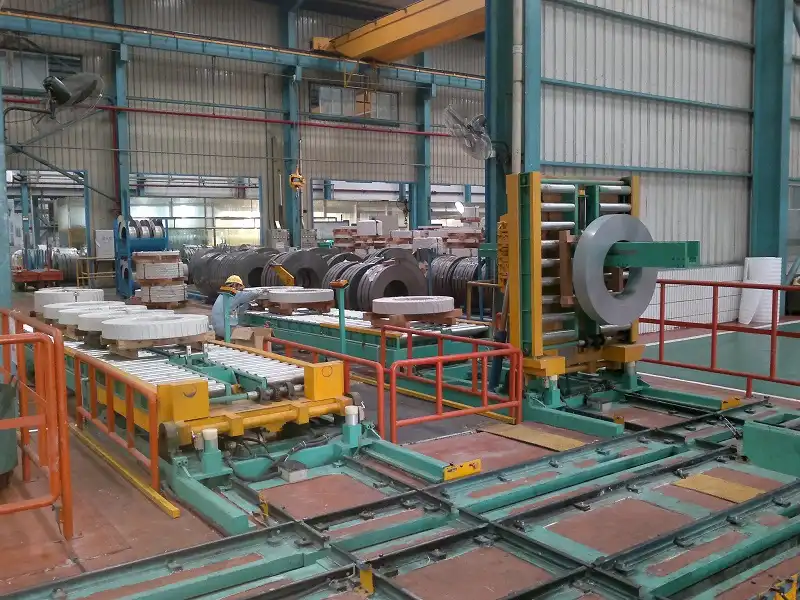
That ROI figure is more than just a number on a spreadsheet. It represents a fundamental shift in how your end-of-line operations perform. It’s about building a more resilient, predictable, and profitable business. But to truly understand this, we need to break it down. We need to look beyond the price tag of the equipment and examine the specific areas where a modern packing line delivers tangible value. Let’s dive into the four key areas that contribute to this powerful return on investment.
How Does Automation Impact Labor Costs and Safety in U.S. Plants?
In my early days as an engineer, I spent countless hours on the factory floor. I saw how physically demanding and repetitive the job of manually packing steel coils was. It’s a constant struggle to find and keep good people for this kind of work, especially in the U.S. where labor is a significant operational cost. You face high turnover, constant training, and the ever-present risk of a serious workplace injury. When an accident happens, it’s not just about the financial cost of a worker's compensation claim. It impacts morale across the entire plant. It makes you question if there is a better, safer way to get the job done.
Automating a coil packing line can reduce your direct manual labor needs in the packing area by 50-80%. This immediately translates into lower payroll costs, but the real value is freeing up your skilled team members for more complex tasks. More importantly, a fully automated system can decrease recordable safety incidents related to packing by over 90%. It achieves this by creating a physical barrier between your people and the heavy, moving machinery, practically eliminating the most common causes of injuries.
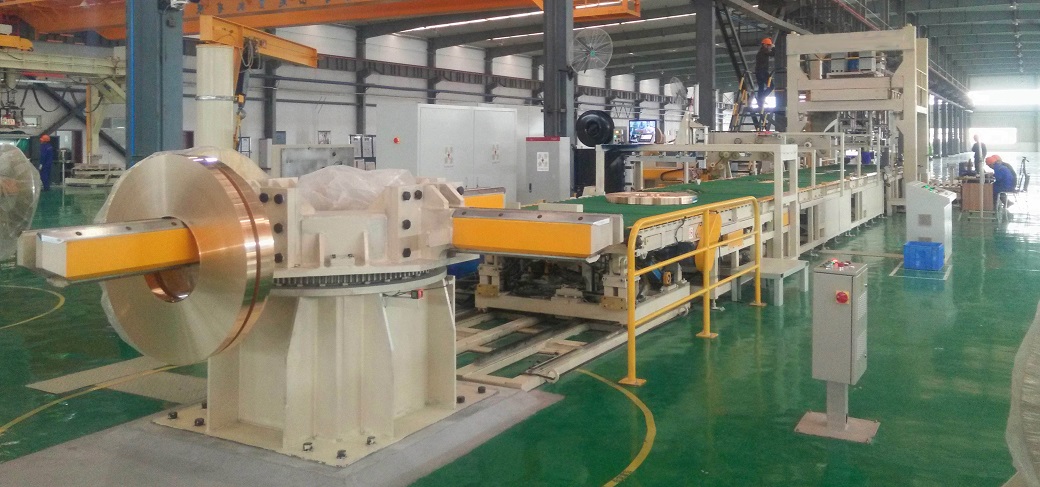
The Financial Impact of Labor Reduction
The math on labor savings is straightforward. In many U.S. plants, a manual packing station requires two or even three operators per shift to keep up with production. Across a three-shift operation, that can be six to nine full-time positions. An automated line can often be managed by a single operator who oversees the system, handles quality checks, and manages the HMI (Human-Machine Interface). This person is no longer a manual laborer but a skilled technician.
Let's look at a typical scenario. If the fully-loaded cost of one operator (including salary, benefits, and insurance) is $70,000 per year, moving from a three-person crew to a one-person crew per shift saves two positions. Across three shifts, that's a direct saving of $420,000 annually. This is a hard number that goes straight to your bottom line. When I started my own factory, controlling these fixed costs was the key to survival and then success. This saving alone can often justify the investment in a new line within just a few years.
Quantifying the Safety Dividend
Safety is harder to put a price on, but the costs of an unsafe workplace are very real. A single serious injury can lead to hundreds of thousands of dollars in direct medical and legal costs, not to mention increased insurance premiums. But the indirect costs are even greater. Accidents lead to lost workdays, production stoppages, and a decline in employee morale and productivity.
A modern, automated system is designed with safety as a core principle. It uses light curtains, safety fences, and automatic lock-out/tag-out procedures to protect your team. It eliminates the manual handling of heavy strapping, sharp tools, and rotating coils. This proactive approach to safety is what U.S. plant managers are looking for. It helps them meet and exceed strict OSHA standards. The "ROI" here is not just financial; it's about building a culture of safety where your employees feel valued and protected.
| Metric | Manual Packing Line (Typical) | Automated Packing Line (Typical) | Annual Impact (Example) |
|---|---|---|---|
| Operators per Shift | 2 - 3 | 1 | Reduction of 4-6 positions across 3 shifts |
| Annual Labor Cost | $420,000 - $630,000 | $210,000 | Saving of $210,000 - $420,000 |
| Recordable Incidents | 2-3 per year | <0.5 per year | Drastic reduction in costs and improved morale |
| Training Time | 2-4 weeks per new hire | 1 week for a skilled operator | Reduced turnover costs and faster onboarding |
Can Modern Packing Lines Really Reduce Material and Energy Consumption?
Every plant manager I speak with is concerned about rising costs. Electricity, fuel, and raw materials are not getting any cheaper. When you walk through your facility, you can see the waste. You see operators applying too much stretch film, "just to be safe." You see strapping cut too long. You hear the constant hum of old hydraulic power units, burning electricity even when the line is idle. Each instance seems small, but when you multiply it by thousands of coils per year, the cost becomes a significant line item on your P&L. It’s a slow, steady drain on your profitability, and in today's market, you can't afford that kind of inefficiency.
Yes, a modern packing line can deliver dramatic reductions in both material and energy use. A system with a powered pre-stretch carriage can cut stretch film consumption by 20-30% or more, without compromising load security. By engineering the line with modern, energy-efficient components like servo-electric motors instead of old hydraulic power packs, you can lower the line's overall energy consumption by 40-60%. These aren't just marketing claims; they are engineered realities that I've helped my clients achieve.
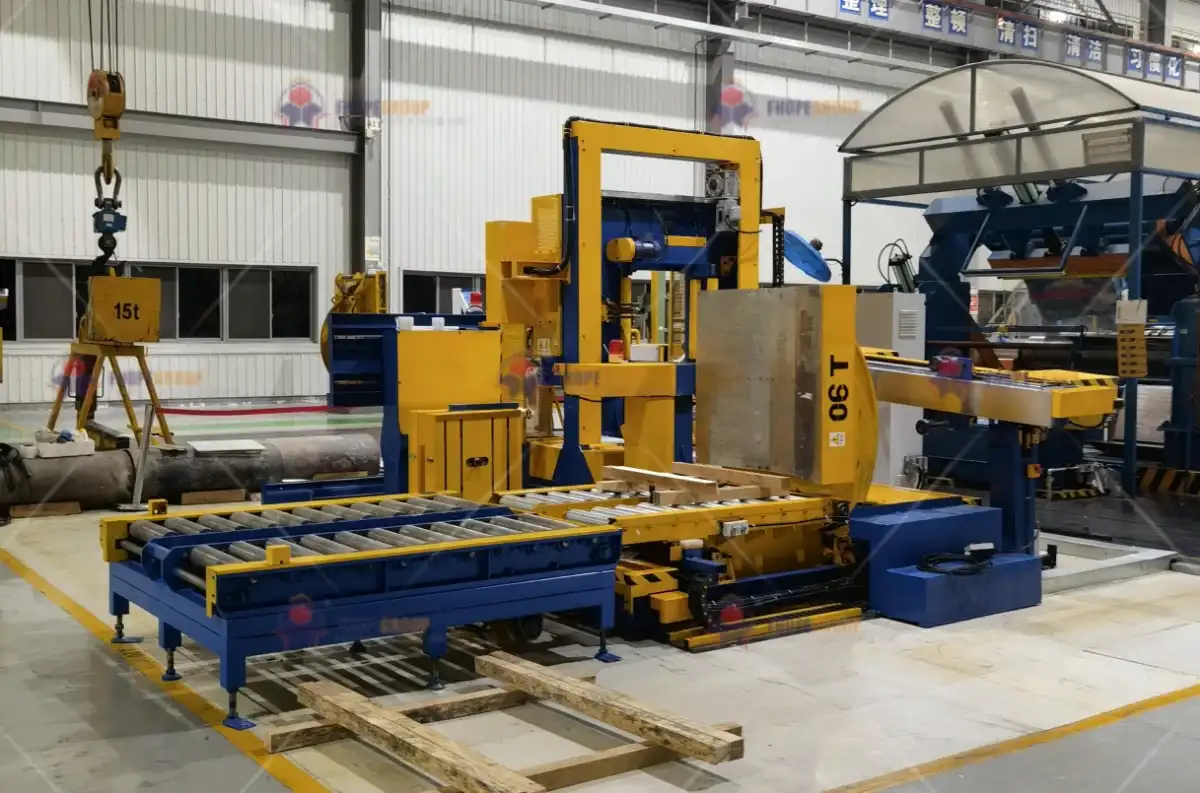
The Science of Material Savings
The key to saving on packaging materials is precision. Older wrapping machines often rely on the operator's judgment, which leads to inconsistency and overuse. A modern automatic orbital wrapper uses a powered pre-stretch system. This technology stretches the film before it's applied to the coil, often to 200-300% of its original length. This means one foot of film on the roll becomes three or four feet of film on the coil. The film becomes stronger and provides better load containment with less material.
The system's PLC (Programmable Logic Controller) precisely controls the number of wraps, the overlap, and the tension for each specific coil size. This creates a repeatable, optimized "recipe" for every product you run. You eliminate the guesswork and the "extra wrap for safety." For a facility that packs 50,000 coils a year, a 25% reduction in film usage can easily translate into savings of $50,000 to $100,000 annually, depending on the film cost. This is a direct, measurable return.
The Engineering Behind Energy Efficiency
When I was starting out, most heavy industrial machinery ran on hydraulics. They were powerful but incredibly inefficient. The hydraulic pump often runs continuously, consuming a large amount of electricity just to maintain pressure, even when the machine is waiting for the next coil. This is like leaving your car engine running at a red light.
Today, we design our machines with all-electric servo technology. Servo motors consume significant power only when they are moving. During idle times, their energy consumption is near zero. We also use Variable Frequency Drives (VFDs) on all major motors, like conveyors and a wrapper's rotating ring. A VFD allows the motor to ramp up and down smoothly, drawing only the power needed for the task at hand, rather than running at full speed all the time. This switch from hydraulics to smart electrics is a game-changer for energy consumption, directly addressing the challenge of volatile electricity prices.
| Consumption Metric | Old Hydraulic Line (Typical) | Modern Electric Line (Typical) | Annual Savings (Example Plant) |
|---|---|---|---|
| Stretch Film Usage | 1.5 lbs per coil | 1.1 lbs per coil | Saving of 20,000 lbs of film / $50,000+ |
| Energy Consumption | 15-20 kWh (average) | 6-9 kWh (average) | Saving of 50,000+ kWh / $7,500+ |
| Hydraulic Oil & Maintenance | $5,000+ per year | $0 | Saving of $5,000 and reduced environmental risk |
What's the Hidden ROI from Improved Product Protection and Quality?
You work tirelessly to produce high-quality steel. You invest in your furnaces, your casters, and your rolling mills. But all that hard work can be undone in the last 100 feet of your production line and during transit to the customer. A single coil that arrives at a customer's facility with rust from moisture exposure or a dent from a shifting load can have a massive impact. It’s not just the cost of the claim or the freight to return it. It’s the damage to your reputation. That customer might start looking for another supplier, one who can deliver their product in perfect condition, every time. The cost of losing a customer is a hidden expense that rarely shows up on a balance sheet but can cripple a business.
The hidden ROI from superior packaging is one of the most powerful, yet overlooked, benefits of upgrading your line. A modern, automated system that provides a consistent, durable, and weatherproof package can reduce damage-in-transit claims by over 75%. This saves you money on returns and rework, but more importantly, it protects your brand. It sends a clear message to your customers that you care about quality from the moment the steel is made to the moment it arrives at their door. This builds trust and loyalty, which is the ultimate competitive advantage.
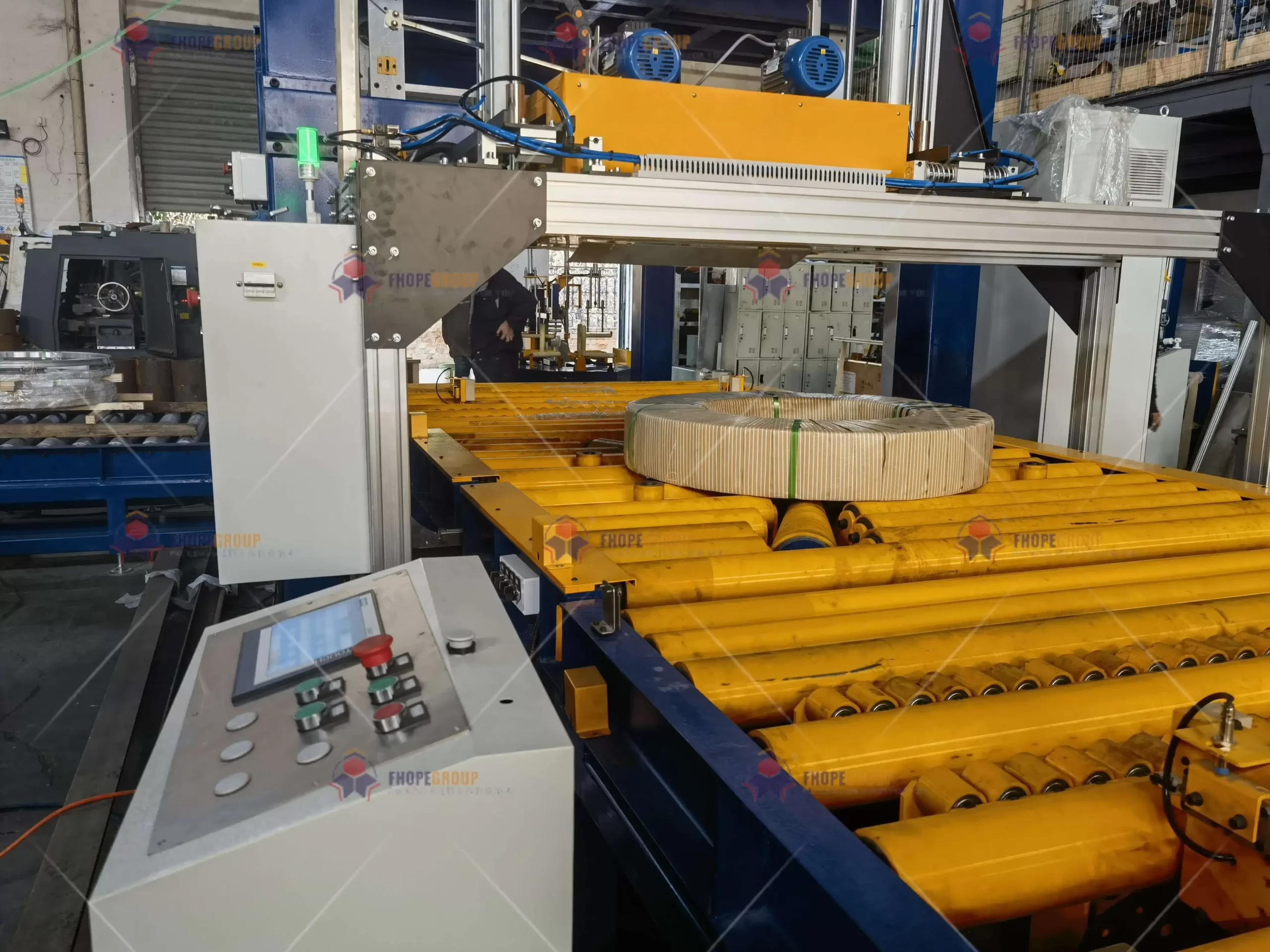
Calculating the Cost of Poor Quality (COPQ)
The Cost of Poor Quality includes all the expenses that disappear when you get things right the first time. For coil packaging, this is a significant number. Think about all the costs associated with one damaged coil claim:
- Administrative Time: Your sales and logistics teams spend hours processing the claim.
- Return Freight: You have to pay to ship the damaged coil back.
- Scrap or Rework: The coil might have to be scrapped or downgraded, a total loss of revenue.
- Replacement Order: You have to rush a replacement order, which can disrupt your production schedule.
If your average damage claim costs you $5,000 in total and you have just two claims per month, that's $120,000 a year walking out the door. A modern packing line that provides a full "cocoon" wrap with VCI (Vapor Corrosion Inhibitor) paper and a durable stretch film layer can virtually eliminate moisture-related rust. Proper strapping and load securing prevent shifting and physical damage. Reducing that claim rate from two per month to two per quarter could save you $80,000 annually in hard costs alone.
Building Brand Equity Through Consistency
Your customers, especially in demanding industries like automotive or appliance manufacturing, run on tight schedules. They cannot afford to receive a damaged coil that shuts down their stamping line. When your product arrives consistently well-packaged and in perfect condition, you become a reliable, low-risk partner. This is a massive selling point.
I worked with a client who was trying to win a large contract with an automotive OEM. The OEM's biggest concern was corrosion on the coils during shipment. We helped our client design a new packing specification using our automated line, which included an inner wrap of VCI paper and a multi-layer, waterproof stretch film wrap. They presented this improved package as part of their bid. They won the contract, not because they were the cheapest, but because they could guarantee the quality of the product upon arrival. That contract was worth millions. The "ROI" of the packing line in that case wasn't just about savings; it was about enabling significant business growth.
| Quality Metric | Inconsistent Manual Packing | Consistent Automated Packing | Business Impact |
|---|---|---|---|
| Damage Claim Rate | 1-2% | <0.25% | Direct reduction in claim costs by over 75% |
| Package Consistency | Low (operator dependent) | High (machine controlled) | Predictable, professional appearance |
| Customer Feedback | Complaints about damage | Compliments on quality | Improved customer satisfaction and retention |
| Market Position | Competing on price | Competing on quality/service | Ability to win contracts with quality-focused clients |
How Does a New Packing Line Integrate with Digital Factory Systems (Industry 4.0)?
As a plant owner, you know that data is power. But for many, the packaging area at the end of the line is a "data black hole." You might know how many coils you produced, but do you know the exact cycle time for each one? Do you know the precise amount of film used? Can you track downtime and pinpoint the exact cause in real-time? Without this data, you are managing based on intuition and old reports. You can't perform predictive maintenance, you can't truly optimize your material flow, and you are missing a critical piece of the puzzle in your push for a "smart factory." This lack of visibility holds you back from reaching the next level of operational excellence.
A modern coil packing line is designed from the ground up to be a connected, intelligent asset. It's not just a machine; it's a data-gathering hub that integrates seamlessly with your broader factory management systems. Through standard communication protocols, the line can feed real-time information about production, faults, and material consumption directly into your MES (Manufacturing Execution System) or SCADA (Supervisory Control and Data Acquisition) platform. This gives you total visibility and control, transforming that black hole into a source of valuable business intelligence.
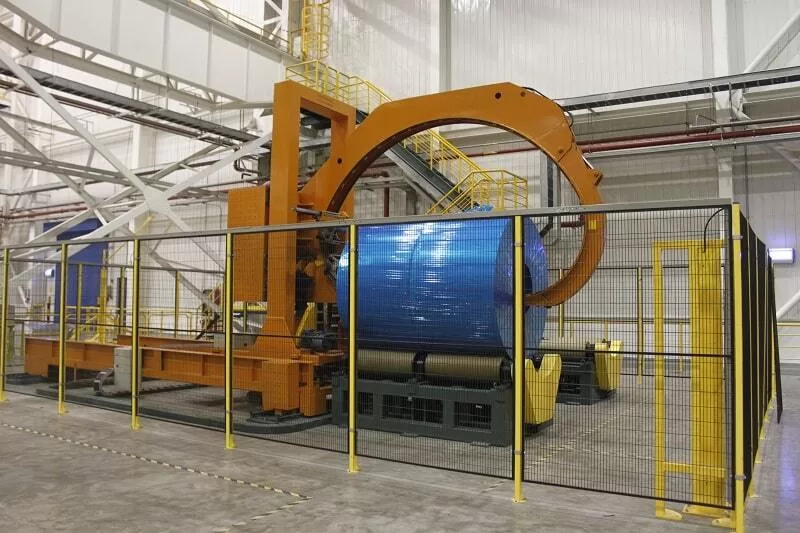
From Machine Data to Business Intelligence
When I founded SHJLPACK, my goal was to provide more than just machines. It was to provide a "TOTAL SOLUTION," and today, that means a solution that includes data. A new packing line is equipped with sensors that track everything. It knows the weight and dimensions of every coil, how many rotations the wrapper made, how much film was used, and the tension of every strap. It logs every cycle, every stop, and every operator interaction.
This data is then made available through common industrial protocols like OPC-UA or EtherNet/IP. Your IT or control engineering team can connect directly to the machine's PLC. Suddenly, you have a live dashboard showing your packing line's OEE (Overall Equipment Effectiveness). You can see that you're losing 30 minutes every shift because of a specific recurring sensor fault. You can see that one shift is using 10% more packaging material than the others. This is actionable information. It allows you to move from reactive problem-solving to proactive, data-driven optimization.
The Practical Steps to Integration
Connecting a machine to your factory network is the first step toward achieving the goals of Industry 4.0. It's the foundation for everything else. For a client aiming to increase their产能利用率 (capacity utilization) to 95%, this data is essential.
Here’s how it works in practice:
- Data Collection: The packing line's sensors and PLC continuously gather data points.
- Communication: The data is transmitted over your factory's ethernet network to a central server.
- Visualization: Your MES or a BI (Business Intelligence) tool like Power BI displays this information in easy-to-understand dashboards. You can see KPIs like coils per hour, average cycle time, and uptime vs. downtime.
- Action: With this visibility, you can implement predictive maintenance alerts (e.g., "Motor #3 has run for 2,000 hours, schedule inspection") and automate material re-ordering (e.g., "Only 10 rolls of stretch film remain, create a purchase request").
This level of integration turns your packing line from an isolated island into a fully participating citizen of your digital factory ecosystem. It’s a key step in achieving the kind of operational control that leaders like Javier Morales are striving for.
| Data Point | Old Method (Black Hole) | New Method (Connected Line) | Strategic Benefit |
|---|---|---|---|
| Production Count | Manual tally sheet | Automatic count sent to MES/ERP | Real-time inventory and production tracking |
| Downtime Reason | Operator guess in a logbook | Specific fault code logged instantly | Faster troubleshooting, root cause analysis |
| Material Consumption | Monthly inventory check | Real-time usage data per coil | Precise job costing, waste reduction |
| Maintenance Needs | Run-to-failure | Predictive alerts based on usage | Increased uptime, higher OEE (to 95% goal) |
Conclusion
Upgrading your coil packing line isn't a cost. It's a strategic investment in efficiency, safety, and future growth. The real ROI is a more resilient, profitable, and competitive operation.




